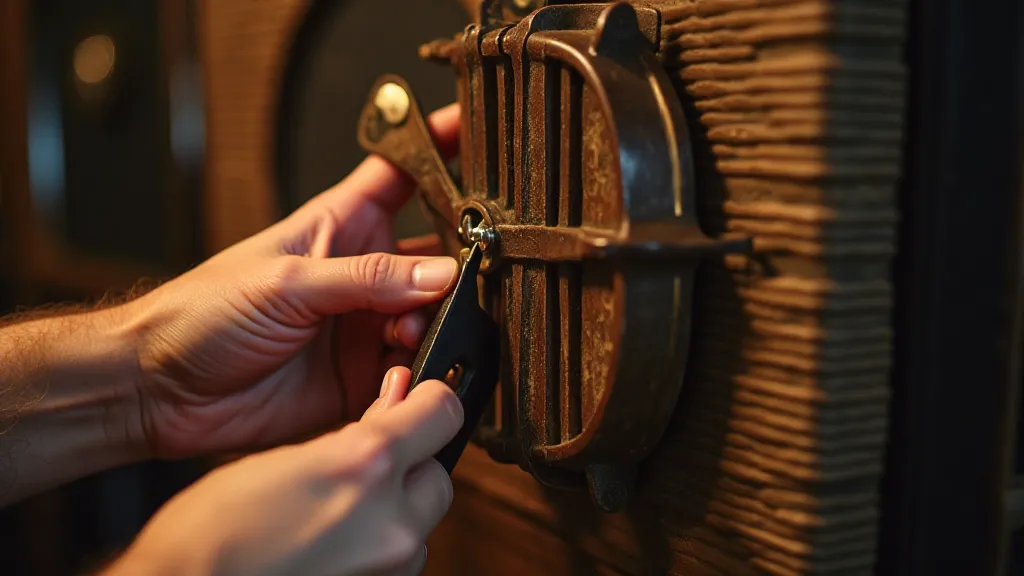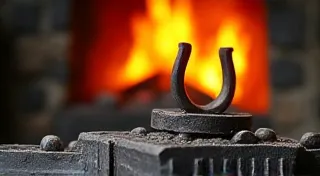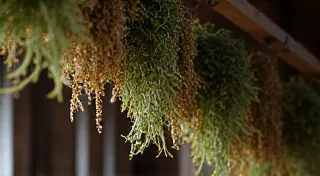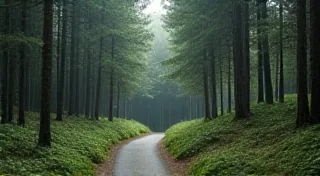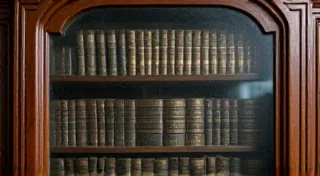The Melody of ‘Purty’: Aesthetics and Phonological Variation
There's a certain melancholy beauty that clings to antique accordions. I remember my grandfather, a quiet man of the mountains, coaxing tunes from his battered Hohner. The bellows sighed, the keys clicked, and a mournful waltz filled the small kitchen. It wasn't just the music, though. It was the *sound* of it – the slight, almost imperceptible shift in vowels, the drawling cadence, the way he elongated certain syllables. It was a linguistic fingerprint, a sonic echo of generations steeped in the Appalachian landscape. That sound, that way of speaking, wasn't just a dialect; it was a living poem, subtly shaped by history, geography, and a deep-seated sense of aesthetic value.
The Appalachian region, geographically isolated for much of its history, fostered a unique linguistic environment. Settlement patterns, often dictated by the contours of the land, created pockets of relative isolation. Early settlers, primarily of English, Scottish, and Irish descent, carried their own dialects and linguistic features. Over time, these features intertwined and evolved, influenced by interactions with Native American languages and, later, by contact with other immigrant groups. The very act of carving a life from the rugged terrain demanded a certain resilience, a certain pragmatism. And that same spirit found its expression in language.
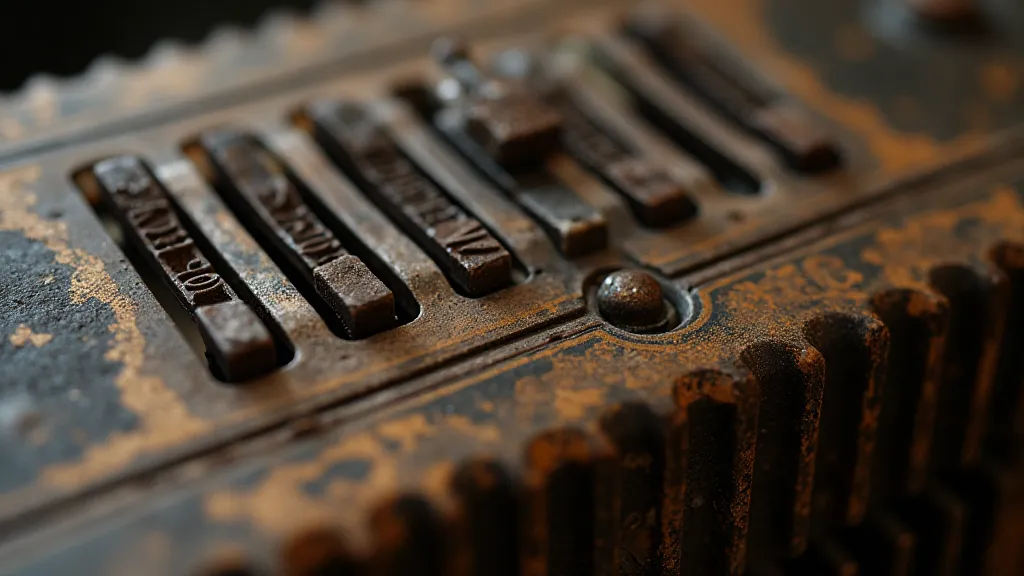
The Aesthetics of Pronunciation: ‘Purty’ and Beyond
Linguists often talk about phonological variation, the way sounds change and shift within a dialect. But what *drives* those changes? While factors like social pressure and ease of articulation undoubtedly play a role, I believe that aesthetics – a deeply ingrained sense of what sounds “beautiful” or “right” – holds significant sway, particularly in Appalachian dialects. Consider the word "pretty." In Standard American English, it's typically pronounced with a clear, short “e” – /ˈprɪti/. However, in many Appalachian communities, it’s drawn out, the “e” becoming a more open, almost “ay” sound – /ˈprɪːti/ or even /ˈpɹiːti/. It's a subtle change, but it carries a weight of history and emotional resonance.
This isn't merely a random occurrence. In Appalachian culture, a drawn-out, elongated sound often signifies warmth, sincerity, and a certain vulnerability. It’s a softening of the word, a way of expressing affection or admiration. It's not about being "correct;" it's about conveying a feeling. Think about the way a skilled musician lingers on a particular note to heighten the emotional impact of a melody. The same principle applies to the pronunciation of words like "purty," "farther," or "holler." These aren't linguistic errors; they are deliberate artistic choices, subconsciously passed down through generations.
My grandmother, a woman of few words but profound wisdom, would often say, “That child is just purty.” The drawn-out "purty" wasn't just a description; it was an expression of profound affection. It was a testament to the child’s inherent goodness, their kindness, their spirit. It wasn't about physical appearance; it was about something deeper, something intangible.
The Role of Isolation and Intergenerational Transmission
The geographical isolation of Appalachian communities played a crucial role in preserving these unique linguistic features. Limited exposure to outside influences allowed dialects to develop along their own paths. This wasn't about resisting change; it was about a natural consequence of limited contact. When communities are relatively self-sufficient, they tend to preserve their cultural traditions, including their language, with greater fidelity.
Intergenerational transmission is the bedrock of dialect preservation. Children learn to speak by imitating their parents, grandparents, and other community members. Older generations, the custodians of linguistic heritage, consciously or unconsciously transmit their dialectal features to the younger generation. The sound of a grandparent's voice, the rhythm of their speech, the nuances of their pronunciation – these become embedded in the child’s linguistic DNA.
I remember overhearing conversations between my grandfather and his sister, a woman who had never left the county. Their speech was a tapestry woven with archaic words and phrases, a living testament to the region’s linguistic history. They spoke of "sangin'" instead of "singing," of "right smart" instead of "quite a bit." These weren’t quirks; they were markers of identity, a connection to their ancestors, to the land.
The Impermanence of Dialects and the Value of Preservation
Sadly, Appalachian dialects, like all dialects, are facing increasing pressure from globalization and media influence. Standard American English, often perceived as more prestigious or “correct,” is gradually eroding the unique linguistic features of these communities. Younger generations are increasingly exposed to standard dialects through television, movies, and the internet, leading to a shift in pronunciation and vocabulary.
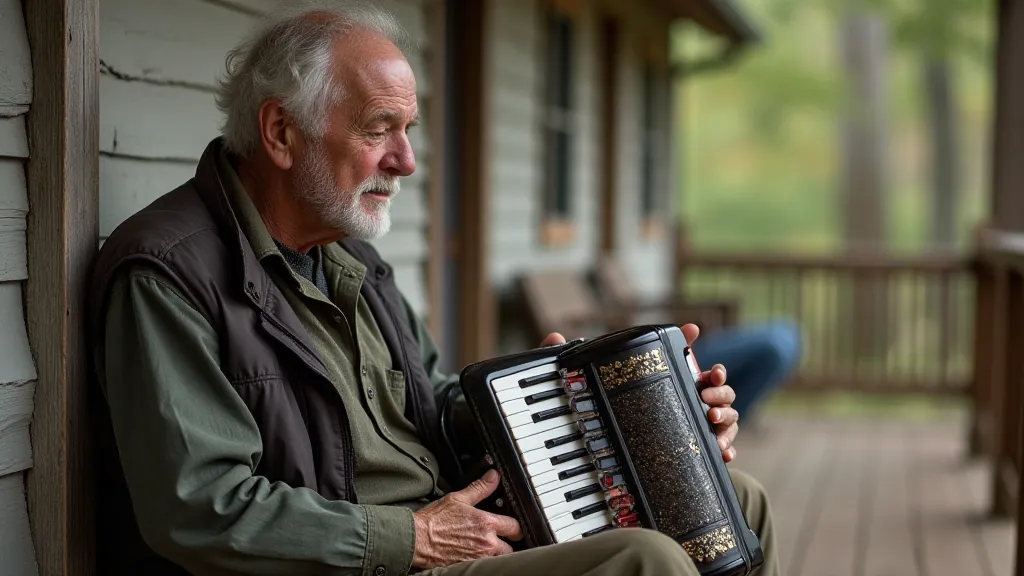
This isn't necessarily a negative phenomenon. Language is constantly evolving. But it’s important to acknowledge the value of what is being lost. These dialects are not just different ways of speaking; they are living repositories of cultural history, repositories of memory, repositories of emotion.
For those interested in preserving or restoring antique accordions, or even collecting them, the same principles apply to language. Just as the condition of an accordion can tell a story about its history and its owners, so too can the sounds and rhythms of a dialect reveal the richness and complexity of a community’s past. Understanding the *why* behind these linguistic features—the aesthetics, the emotions, the cultural values—is as important as understanding the *how*.
Listening to recordings of older Appalachian speakers, documenting rare words and phrases, and simply engaging in conversations with elders are all ways to safeguard this invaluable linguistic heritage. We may not be able to stop the tide of linguistic change, but we can ensure that the melody of “purty,” and all the other voices of Appalachia, continue to be heard for generations to come.
